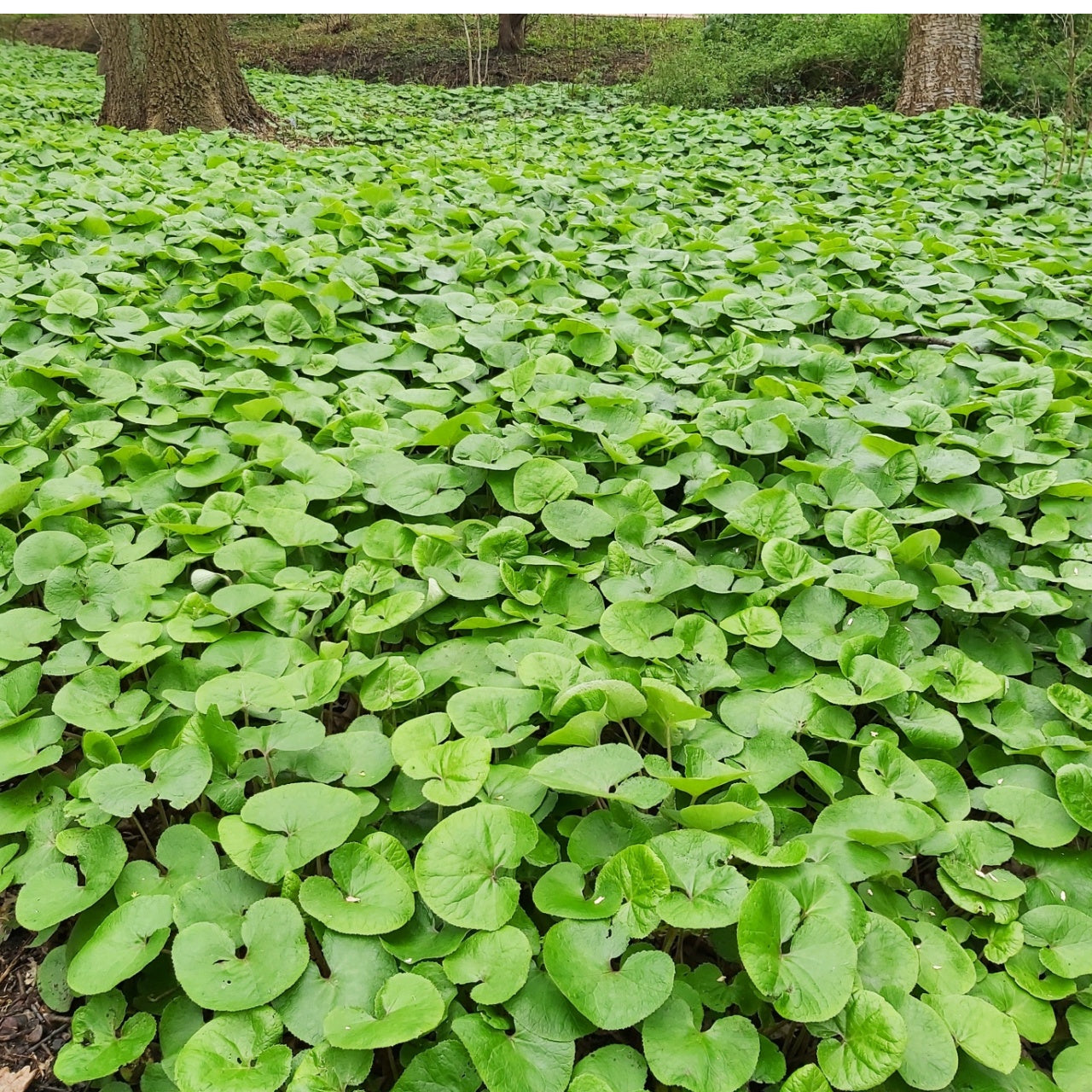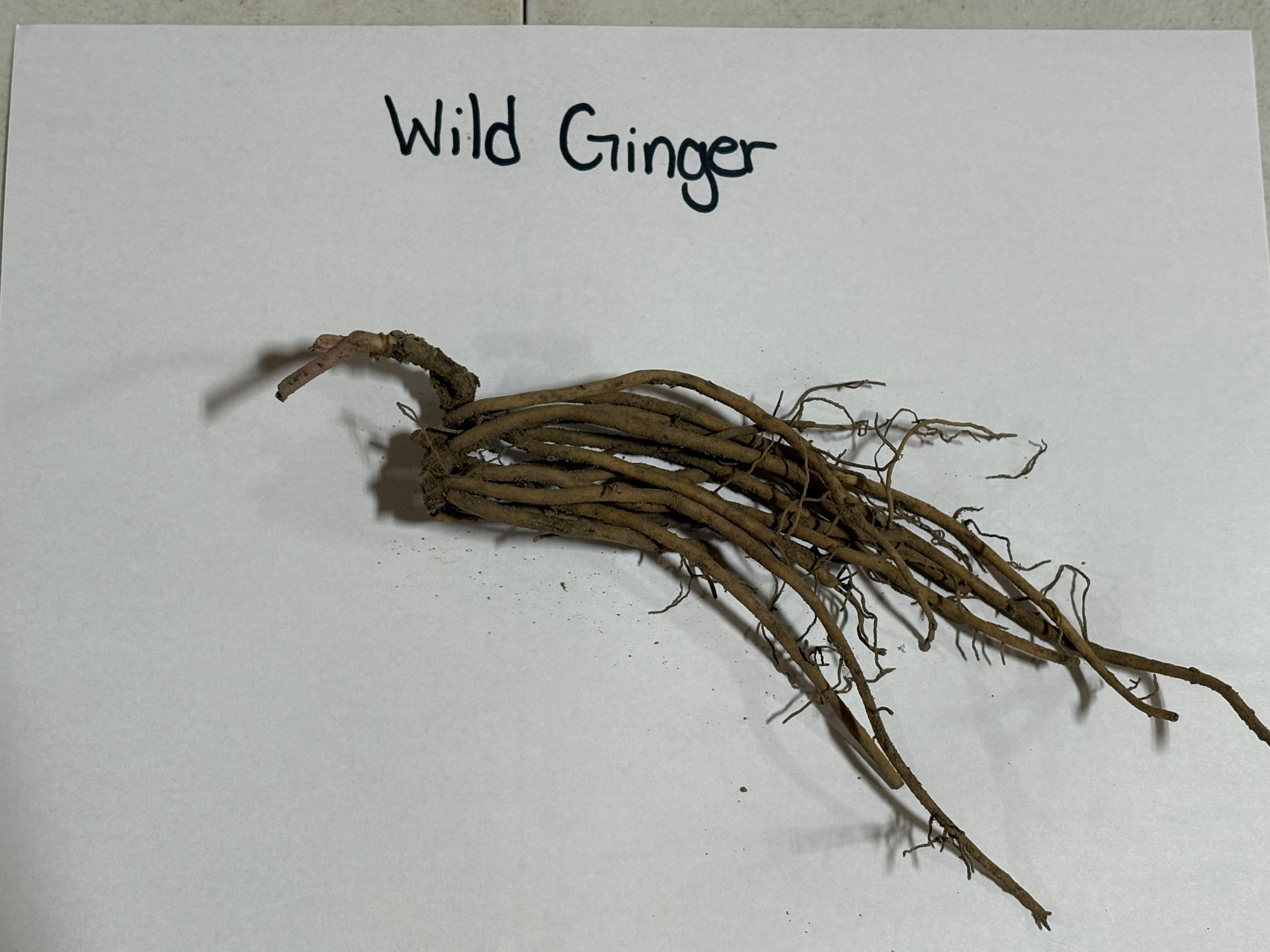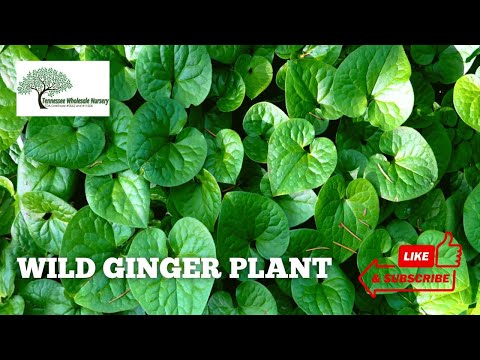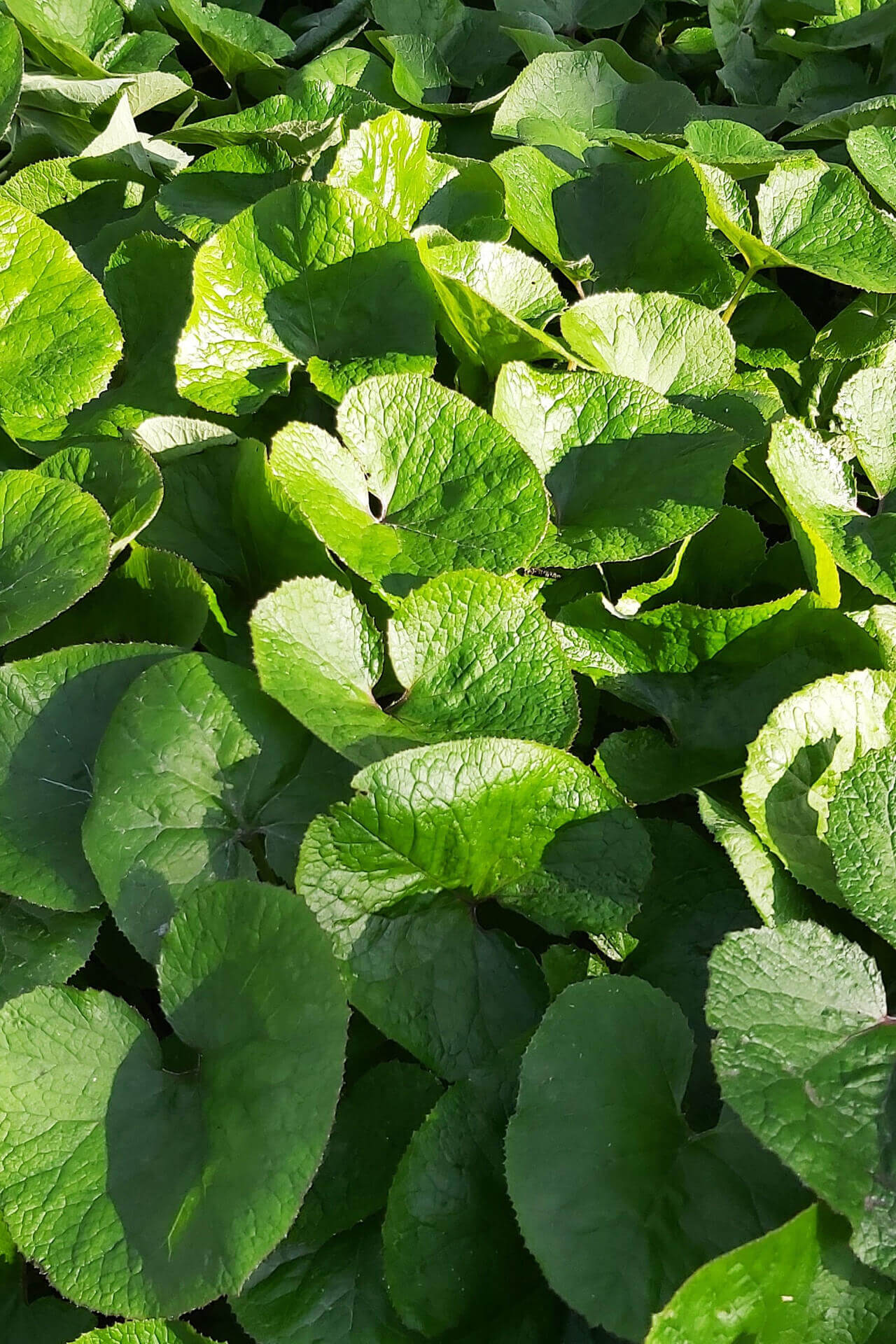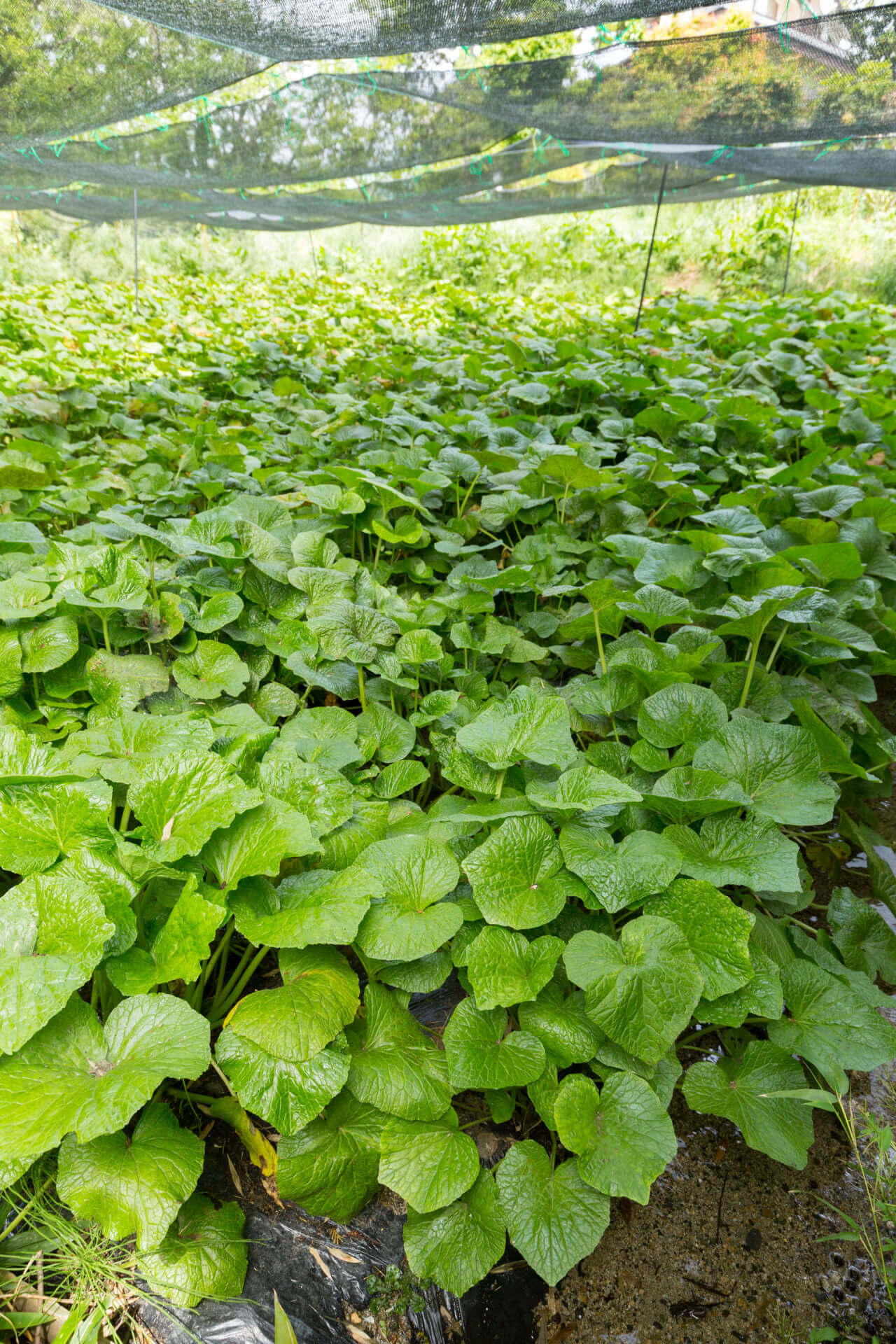Wild Ginger Plant For Sale
The Wild Ginger, known as Asarum canadense, is a lush groundcover with gorgeous, dark green leaves and a dark red, hidden flower underneath. It is a highly sought-after, native, herbaceous perennial that is hardy, disease- and pest-resistant. It thrives in shade and some filtered sunlight.
It's very popular in shade gardens and can be planted underneath shrubs for ground cover beauty and weed control as well as soil erosion.
The leaves are uniquely heart-shaped and are rounded, making a dramatic yet understated statement in the garden. This plant is subtly fragrant and has a deliciously spicy aroma.
Plant Details
Family: Aristolochiaceae
Light Requirement: Full Shade
Water Needs: Adequate
Height: 4 – 8 in.
Spread: 4 – 6 in.
Growth Rate: Slow
Bloom Time: Spring
Flower Color: Red
Wildlife Value: Attracts flies
Landscape Uses and Maintenance
The low ground groundcover plant is a gorgeous native option for a ginger groundcover in your garden. It is a perennial plant that thrives in shade and performs exceptionally well when planted in well-drained soil. It is excellent for growing in large groups at the edge of your border or around specimen trees, in clumps around shrubs or other perennials as a filler, or in woodland gardens.
The ground cover is a lovely choice for an easily naturalizing plant that slowly spreads through your garden, eventually creating a dense, glossy green carpet. It spreads via rhizomes underground. Divide this plant in early spring to help this process, lifting the roots entirely.
Once established, it will not require watering except in cases of drought. This plant is deer- and pest-resistant. Watch for the appearance of slugs and treat as necessary. You can use a small container of beer or a copper to trap them, or you can pick them off the old-fashioned way.
Noteworthy Characteristics
Wild Ginger will prevent weeds from receiving enough light to germinate due to their proximity to the ground. This plant can serve as an anchor for eroding soil. It is largely fly-pollinated and attracts them to its flowers.
Exposure
Wild Ginger thrives in partial to full shade, ideal for woodland gardens or shady areas under trees. It prefers low light conditions, where it can grow lushly and spread its attractive, heart-shaped leaves.
Height at Maturity
Under 12"
Usage
Groundcover
Shipped As
Bare root
Ships
USPS
Planting Zones
4-9
